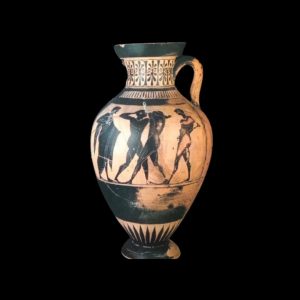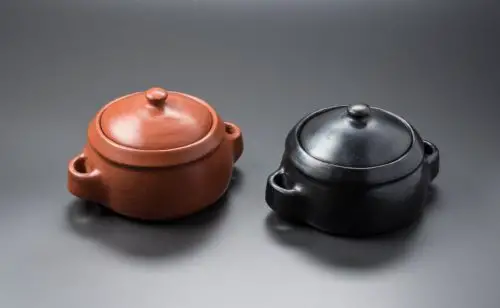The world of ceramics is very diverse and has evolved so much over time. There are thousands of ways to make and decorate pieces today. You can leave them in their natural state or fire them and add the colors you want.
However, there are increasing advances in technology and materials that you can use to create your clay objects.
Table of Contents
3D designs in ceramics
The first trend that we would like to present to you today is the creation of 3D designs on the computer, which are then converted into clay pieces. But you may be wondering how is this possible? Well, here we are going to explain all that to you.
This process is very simple and can be done in two ways.
The first option is to use a 3D printer that has molds that conform to the previously designed shape you want to design. It is into this mold that you add the amount of clay you deem necessary for the size you want to fill the mold with.
Once you’ve done that, the printer will do the rest of the work. Once the piece is finished, all you have to do is let it dry well and finally expose it to the firing process and decorate it as you wish.
The second way is a bit simpler, because in this case the 3D printer is only used to make prototypes of the desired character, so the process is very similar to the one previously described.
The only difference in this second way of using the 3D printer is that in this case, the design that comes out of the device is a prototype of the piece that the potter, ceramist or artist is going to make.
In other words, you will use this prototype as a guide for creating your work. You can use and modify your object as you wish, using the decoration techniques that you like the most.
Another important aspect that we want to highlight is that with 3D printing you can also add the volume and shapes you want to give your figurine unique designs.
Now we show you the following image of pieces made by Danish artist Oliver Van Herpt with this great trend.
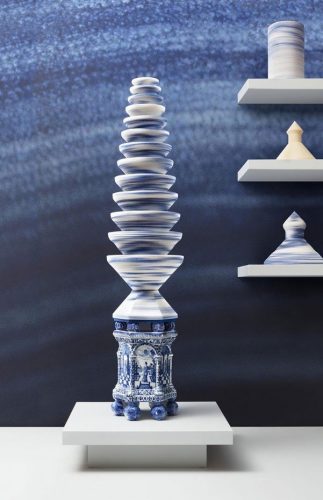
Materials
If you want to make 3D objects, you will need the following materials:
- Clay
- computer
- molds
- 3D printer
- Software for creating designs, as a rule, the most commonly used is Adobe Illustrator.
- Kiln to fire your pieces
Hand painted ceramic
The second trend that we would like to present to you here is one of the simplest, but also one of the most popular.
Hand-painted pieces are in vogue as buyers are aware of the great effort and labor that goes into making and decorating the pieces without a machine facilitating or doing the work themselves.
The great thing about this trend is that there are many options and variations for people who want to buy the pieces to choose from.
If you want to make your own pieces in this style, you can easily do so. The fact that you want to paint your objects by hand does not mean that they have to have fully developed figures or drawings. In contrast, abstract decorations, i.e. irregular lines, circles or squares, are quite trendy.
The key to this trend is creativity. So don’t limit yourself and tell yourself that you can create anything you can imagine in your own way.
We’re sure you’ll want to learn more about these abstract, handcrafted designs. For this reason, here we show you the following image of this beautiful piece that stands out from all other ceramic pieces and that you would surely buy.
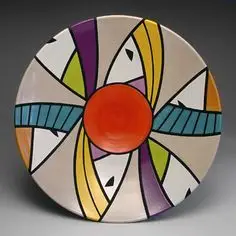
Materials
Here are the materials you’ll need if you want to make your own hand-painted object.
- Clay
- Piece in leathery condition i.e. almost dry but a little damp.
- Kiln to fire your piece if you wish.
- Ceramic glazes or engobes
- Brushes, discover all types of brushes in our guide to ceramic brushes.
Environmentally friendly ceramics
The third trend owes its recognition to the materials from which it is made.
As the name suggests, this trend is eco-friendly, that is, gentle on the environment. This means that the pieces made with this trend are not only made of clay, but that materials such as resins, a sticky and transparent substance that gives the piece shine, or concrete, a mixture of sand, gravel and cement, can also be added.
These two types of materials give the piece a natural and resistant touch. But it can also use materials that are sometimes considered waste, and this is where the meaning of eco-friendly lies.
The latter materials can be combustible or non-combustible. Remember that flammable materials are those that can easily catch fire at high temperatures. However, when they are dried and mixed with clay, their appearance changes and gives a different touch to the figure. Examples of these materials are paper, fruit seeds, corn, beans, grass or straw.
Non-combustible materials are the opposite as they do not easily ignite or burn at high temperatures and are considered to be very resilient. However, these materials also change their appearance and usually their color is affected, which is great as it completely changes the look of the clay object. Examples of non-combustible materials are glass, metal, sand or stones.
We would also like to point out that this trend has a great positive impact on the environment, using materials that used to be considered waste and reusing materials that would otherwise pollute the planet.
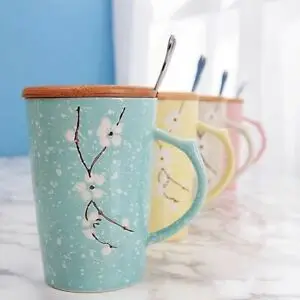
Materials
If you want to try making ceramics in this style yourself, here is a list of everything you need.
- Combustible materials (paper, fruit seeds, corn, beans, grass)
- Non-combustible materials (glass, metals, sand, stones)
- Clay
- Kiln to fire your piece.
Textured ceramic
Pieces with different textures are also trending as they are very eye-catching and few people buy them.
There are various processes involved in making such pieces as it all depends on what tools or objects are used to give your object the desired texture. Some of the items used to add a different texture or look to your creations are gouges or lathe tools, blades, stamps, sand, glass, sand, metal, paper, seeds, and others.
Adding these materials that we mentioned earlier will completely change the texture of your piece and you can leave it the way you like it: smooth, soft, rough, cracked, wrinkled and more.
If you want to know some techniques to give different textures to your objects, we invite you to read our blog on the decoration techniques you can use on raw clay.
Materials
Below is a complete list of the materials needed to craft objects with this trend in case you want to give it a try.
- Clay
- Combustible materials (paper, fruit seeds, corn, beans, grass)
- Non-combustible materials (glass, metals, sand, stones)
- Stamps
- Gouges or blades
- Kiln to fire your pieces
Contrasting finishes
The latest trend in handmade pottery is the way the pieces made out of clay are decorated. As you have seen, there are several ways to do this. This trend is different, but at the same time it is the union of several forms of decoration.
As the name suggests, the technique consists in making the surfaces of the objects contrast with each other. To understand this better we will try to explain it as follows. In this trend, the pieces basically have two or more different surfaces that are very different from each other.
An example of this is decorating one part with textures and the other very well polished and smooth, or one part matte and the other shiny.
This sounds strange to some people, but once you see a piece with this trend, you fall in love with it. These contrasts give it life and a different touch than the usual pieces one usually sees.
If perhaps you still don’t know exactly what we were talking about, we now show you the following vase made with this particular technique. The difference is that if you look at the bottom part of the object where it is smooth, the rest has a different texture .
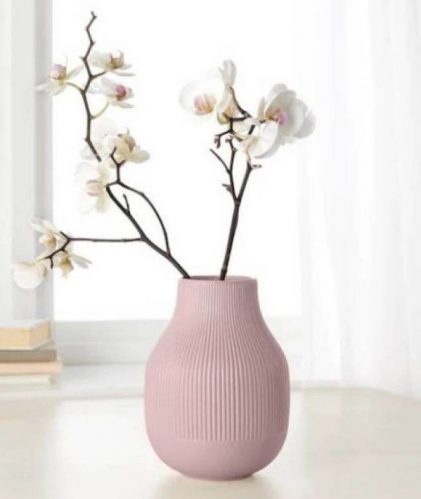
Materials
As with the previous trends, we now give you a list of the materials you need to create your own objects with this trend.
- Clay
- Combustible materials (paper, fruit seeds, corn, beans, grass)
- Non-combustible materials (glass, metals, sand, stones)
- stamps
- gouges or blades
- Ceramic glazes and engobes
- paint brush
- Kiln to fire your pieces

